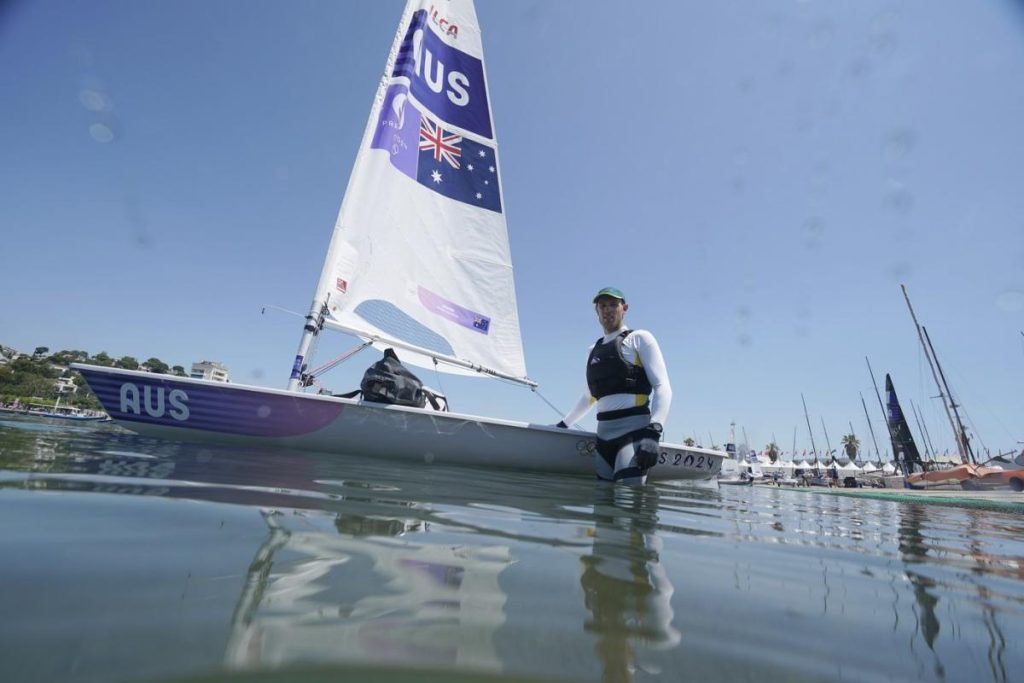The one-person dinghy sailing events at the 2024 Olympics in Marseille feature the ILCA 6 for women and ILCA 7 for men, known as the purest form of the sport. Athletes such as Matt Wearn from Australia and Anne-Marie Rindom from Denmark are looking to defend their gold medals from Tokyo. In this class, boats are provided to Olympians only about a week before the games, making attention to detail crucial for success. Physical strength is also important, as races can be challenging in various weather conditions.
The boats used in the one-person dinghy events are inexpensive, versatile, and designed to fit on top of a car. This has made them popular in World Sailing’s development program, which supports athletes from nations without long histories in Olympic sailing. Nethra Kumanan from India and other athletes from countries like El Salvador, Fiji, and Mozambique have benefitted from this program. The event features over 80 boats, making it one of the most competitive and equal competitions in Olympic sailing.
Sailors like Marit Bouwmeester from the Netherlands and Pavlos Kontides from Cyprus appreciate the independence and responsibility that comes with racing in a one-person dinghy. Bouwmeester, a mother of a 2-year-old daughter, finds the challenge of balancing motherhood and top-level sports rewarding. Kontides, who won Cyprus’ first Olympic sailing medal in 2012, is motivated by the burning desire to earn another medal. Both athletes emphasize the mental benefits and sense of reality that comes with being on the sea.
For many athletes, Olympic dinghies represent independence, simplicity, and accessibility. Micky Beckett from Britain, who started sailing at the age of 5, hopes to inspire more children to take up sailing through the Olympic spotlight. Despite the physical and mental challenges of competing in one-person dinghy events, athletes like Wearn, Rindom, and others value the purity and closeness of the sport. With unpredictable weather conditions and a level playing field, attention to detail, mental toughness, and physical strength are key components to success in this challenging and competitive event.


